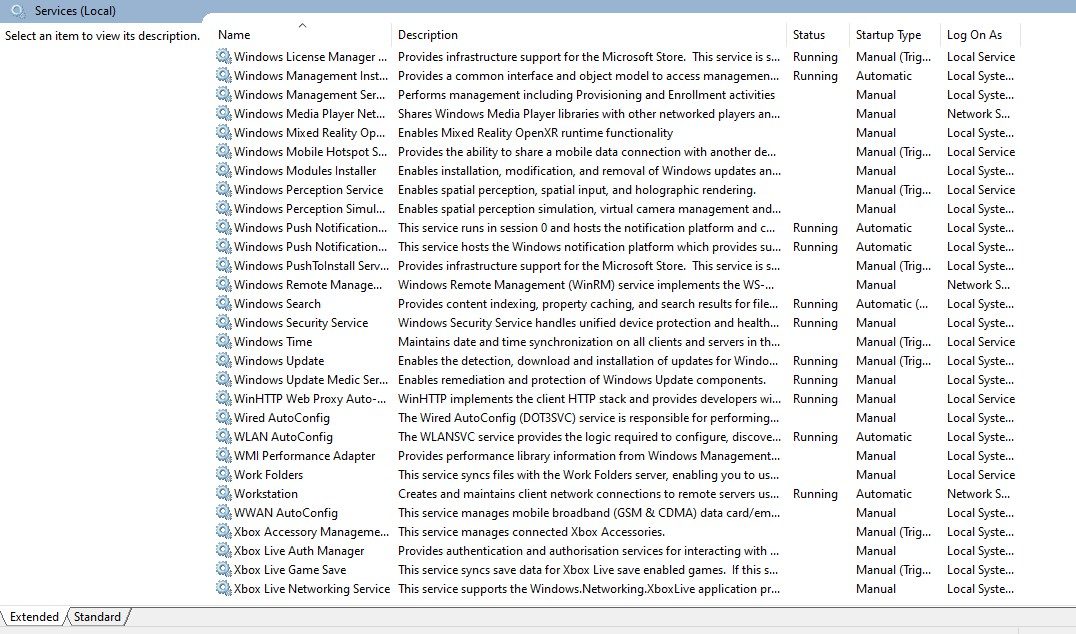Featured
Table of Contents
Fix Vpn Not Working Problems And Issues In Windows 11/10

The Routing and Remote Access snap-in lives within the Microsoft Management Console, called the MMC. There are numerous ways to access the MMC. You can pick the console from the Start menu's Programs options, within the Administrative Tools folder within Windows server's Control board or by typing mmc at a command timely.
As Tech, Republic's Brandon Vigliarolo demonstrates within his video at the start of this short article, the Services console shows the status of the Routing and Remote Access entry. From within the Providers console and with the Routing and Remote Access entry highlighted, you can click Start the Service or right-click the entry and choose Restart.
In some cases the VPN client and VPN server are set to utilizing various authentication techniques. Confirm whether an authentication error is the problem by opening the server console. Yet another method of accessing the MMC is to type Control+R to open a command timely in which you can type mmc and hit Go into or click OK.
If the entry isn't present, click File, choose Add/Remove Snap-in, choose the Routing and Remote Access alternative from the choices and click Add, then OK. With the Routing and Remote Access snap-in added, right-click on the VPN server and click Characteristics. Then, evaluate the Security tab to confirm the authentication technique.
Unable To Connect To Client Vpn From Some Devices
Ensure the VPN client is set to the authentication approach defined within the Security tab. Usually the items just evaluated are accountable for many VPN connection refusal errors. However other principles should be proper, too. If the Windows Server hosting the VPN hasn't signed up with the Windows domain, the server will be not able to validate logins.
Each Web-based VPN connection usually uses two different IP addresses for the VPN customer computer system. This is the IP address that's used to establish the preliminary TCP/IP connection to the VPN server over the Internet.

This IP address generally possesses the same subnet as the regional network and therefore allows the client to interact with the local network. When you set up the VPN server, you should set up a DHCP server to appoint addresses to clients, or you can develop a bank of IP addresses to assign to clients directly from the VPN server.


If this alternative is picked and the reliable remote access policy is set to allow remote access, the user will have the ability to connect to the VPN. Although I have been not able to re-create the circumstance personally, I have actually heard rumors that a bug exists in older Windows servers that can trigger the connection to be accepted even if the efficient remote gain access to policy is set to deny a user's connection.
Troubleshoot Mobile Vpn With Ssl

Another common VPN problem is that a connection is effectively developed however the remote user is not able to access the network beyond the VPN server. By far, the most common cause of this problem is that consent hasn't been approved for the user to access the whole network. To enable a user to access the entire network, go to the Routing and Remote Access console and right-click on the VPN server that's having the issue.
At the top of the IP tab is an Enable IP Routing check box. If this check box is allowed, VPN users will be able to access the remainder of the network, assuming network firewall programs and security-as-a-service settings permit. If the checkbox is not picked, these users will have the ability to gain access to just the VPN server, but nothing beyond.
For instance, if a user is calling directly into the VPN server, it's typically best to set up a static route between the customer and the server. You can configure a static path by going to the Dial In tab of the user's homes sheet in Active Directory site Users and Computers and picking the Apply A Static Path check box.
Click the Include Route button and after that enter the destination IP address and network mask in the area offered. The metric need to be left at 1. If you're using a DHCP server to assign IP addresses to clients, there are a number of other problems that could cause users not to be able to exceed the VPN server.
Vpn Won't Connect? Common Vpn Problems And Fixes
If the DHCP server appoints the user an IP address that is currently in usage elsewhere on the network, Windows will spot the dispute and avoid the user from accessing the remainder of the network. Another common problem is the user not getting an address at all. The majority of the time, if the DHCP server can't designate the user an IP address, the connection will not make it this far.
If the customer is designated an address in a range that's not present within the system's routing tables, the user will be unable to navigate the network beyond the VPN server. Make sure the resources the user is attempting to access are really on the network to which the user is connecting.
A VPN connection to the other subnet might, in truth, be required. A firewall software or security as a service solution might also be to blame, so do not forget to evaluate those solutions' settings, if such parts are present between the VPN server and the resources the user looks for to reach.
The very first possibility is that one or more of the routers included is carrying out IP packet filtering. IP package filtering might avoid IP tunnel traffic. I recommend examining the client, the server and any machines in between for IP package filters. You can do this by clicking the Advanced button on each machine's TCP/IP Residences sheet, choosing the Options tab from the Advanced TCP/IP Settings Characteristic sheet, choosing TCP/IP Filtering and clicking the Characteristics button.
Latest Posts
Best Business Vpn In 2023 [Ranked & Reviewed]
Best Business Vpn Options In 2023 [Keeping Smb Data ...
Best Remote Access Vpn In Usa To Work From Home